Tag: Energy consumption
Energy Baseline: Your Strategic Compass for Sustainable Savings
What is an Energy Baseline? An energy baseline is, in essence, a historical record of your energy consumption under normal operating conditions. It provides a benchmark against which future energy performance can be measured. Think of it as a financial balance sheet for your energy usage, revealing patterns, identifying inefficiencies, and allowing you to quantify the impact of your energy-saving
[Expertise] How to conduct an energy audit to identify areas of energy waste in business
An energy audit is a comprehensive evaluation of the energy consumption and performance of your business. It involves collecting and analyzing data on your energy use patterns, such as how much electricity, gas, or other fuels you use, when and where you use them, and for what purposes. It also involves inspecting your building envelope, lighting, heating, ventilation, air conditioning
[Expertise] Achieving thermal comfort while minimizing energy consumption
Thermal comfort is the state of mind that expresses satisfaction with the thermal environment. It is influenced by air temperature, humidity, air movement, clothing, and activity level. Achieving thermal comfort is important for your well-being and productivity, energy consumption, and environmental impact. Energy consumption in buildings is mainly driven by the heating, ventilation, and air conditioning (HVAC) systems, which account
[Expertise] Thermal optimization of factories
Factories consume a large amount of energy for various operations, such as heating, cooling, lighting, machinery, etc. A significant portion of this energy is wasted as heat, which not only increases the operational costs but also contributes to greenhouse gas emissions and environmental degradation. Thermal optimization can help factories to reduce their energy consumption and carbon footprint, while also enhancing
[Expertise] How energy efficiency solutions reduce operating costs
Energy efficiency is the practice of using less energy to achieve the same or better results. It can help businesses and organizations save money, reduce greenhouse gas emissions, and improve their environmental performance. Energy efficiency is important for businesses because it can lower their energy bills, enhance their reputation, and increase their productivity. According to a report by the International
[Expertise] The importance of energy management
Energy management is more than just reducing energy consumption; it encompasses the strategic planning, monitoring, and optimization of energy usage within an organization in different sectors, such as industry, transport, buildings and households. It involves a comprehensive understanding of energy flows, identifying areas of waste, and implementing measures to enhance overall efficiency. Energy is essential for human development and economic
[Expertise] Building envelope: the concept and its role in energy efficiency
The building envelope is the physical barrier between the indoor and outdoor environment of a building. It includes the walls, roof, windows, doors and other elements that separate the interior space from the exterior climate. The building envelope plays a crucial role in determining the energy performance, thermal comfort and indoor air quality of a building. In this article, we
[Expertise] Optimizing natural daylighting while minimizing heat gains and glare
Natural daylighting is a design strategy that aims to maximize the use of natural light in buildings while minimizing the need for artificial lighting and cooling. It can enhance the comfort, health, and productivity of the occupants, as well as reduce the energy consumption and environmental impact of the building. It can also reduce the need for artificial lighting and
[Expertise] How to certify a carbon-neutral building?
Carbon neutrality is a concept that aims to reduce the impact of human activities on the environment by minimizing or offsetting greenhouse gas emissions. To achieve carbon neutrality, the amount of emissions produced by a source, such as a building, must be equal to or less than the amount of emissions removed or avoided by that source or another one.
[Case study] Galeries Lafayette Shenzhen: an energy efficiency analysis at the design stage case study
In early 2023, Galeries Lafayette will open a store in Shenzhen’s city Futian district, as part of its development in China. Galeries Lafayette wanted to estimate the detailed energy consumption of this mall, before its construction. An Energy estimation study could help Galeries Lafayette gain a clear understanding of the behavior of the store and then identify future relevant optimization
Our clients recommend us: Elisabeth Muzeau, General Manager of Techné, China
In the wake of Paris Agreement, companies are being pushed more and more to lower their carbon footprint. TERAO can help to assess the carbon footprint of companies, from the upstream to downstream emissions. Here is an example, with Techné Shanghai, which already had a carbon footprint calculation made by their Headquarter, but needed a local calculation for the Chinese
Our clients recommend us: Gaëtan Grand, General Manager of Fordia, Changzhou
At TERAO, we assist our client to reach their sustainability target, through energy efficiency calculations. They will not only save money in the long term but also preserve the resources. One of our clients had this objective in mind, and TERAO is accompanying them. Gaëtan Grand, General Manager at Fordia Changzhou shares his current experience with TERAO and why he
BUILDING ENERGY EFFICIENCY – One Of the Main Environmental issue
At the worldwide scale, both buildings and buildings construction sectors combined are responsible for 36% of global final energy consumption and nearly 40% of total direct and indirect CO2 emissions. At the moment China is the biggest energy consumer in the world and building energy use is the second largest right after the US with 16% of total final energy


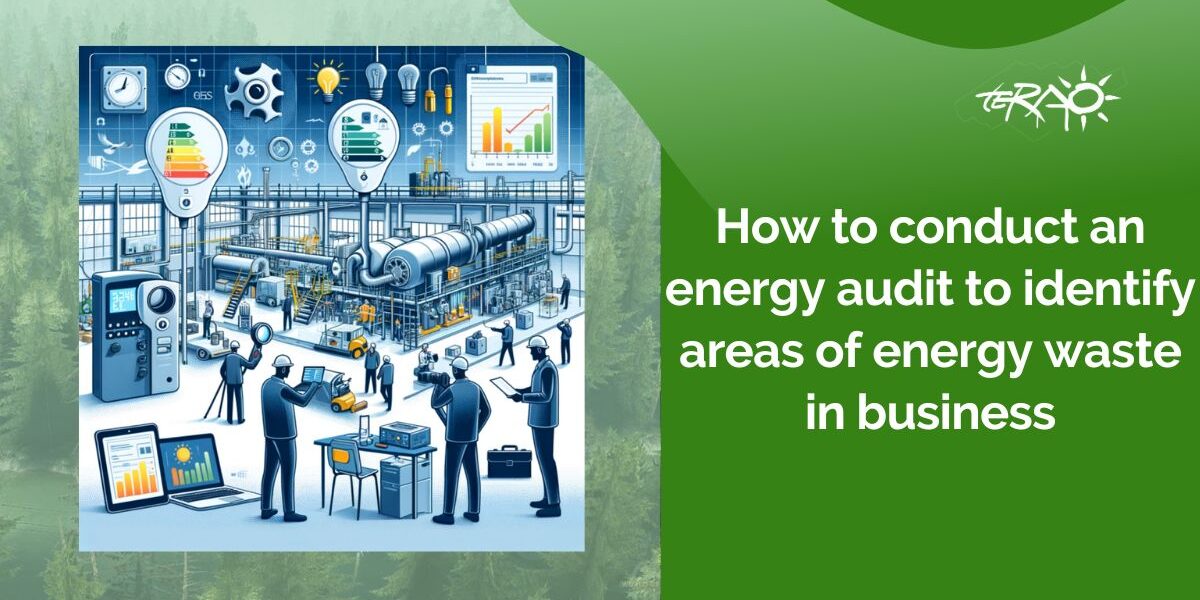
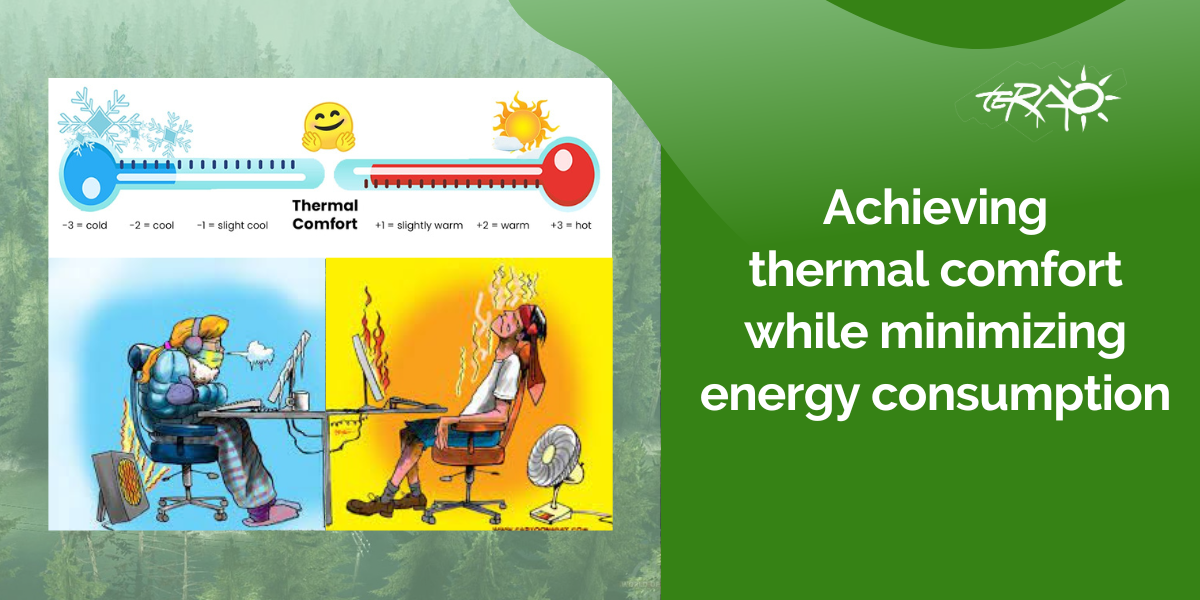

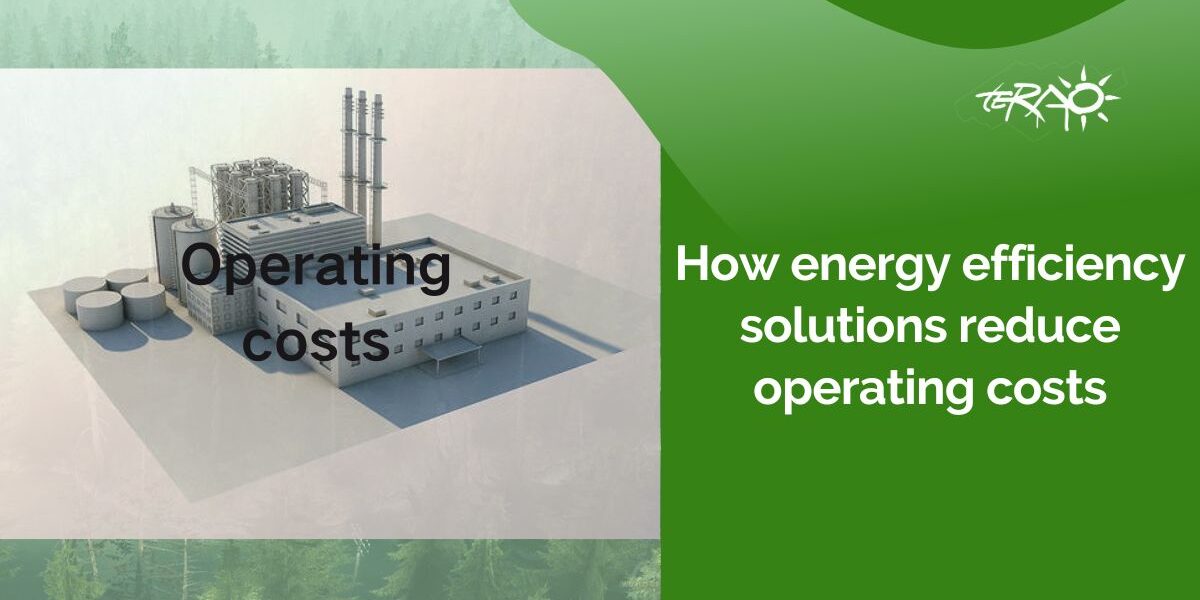
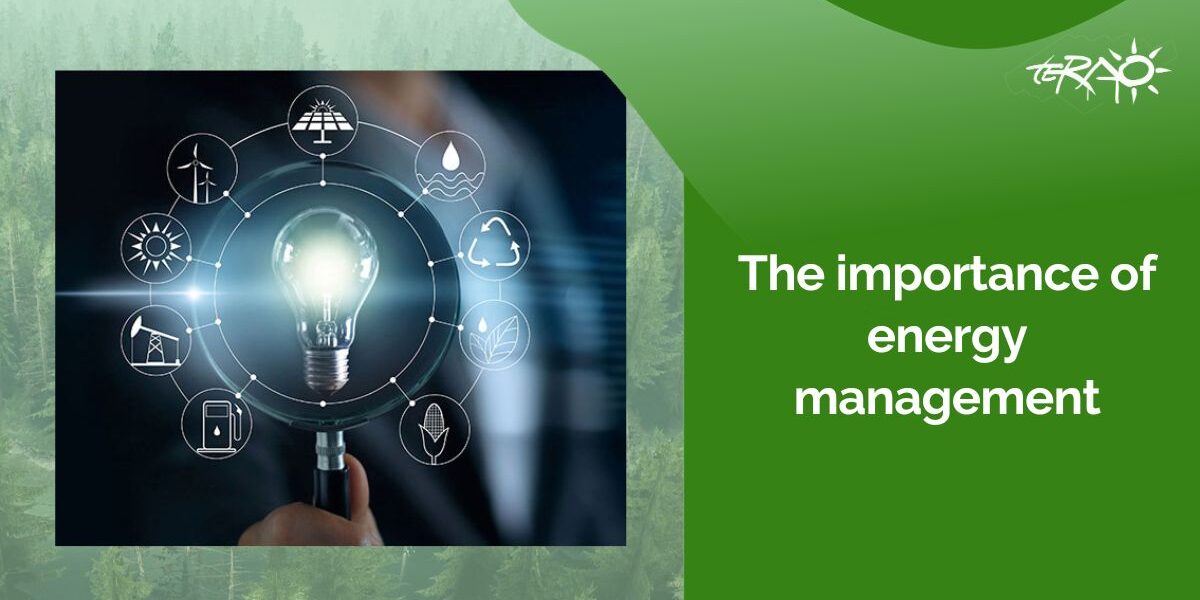
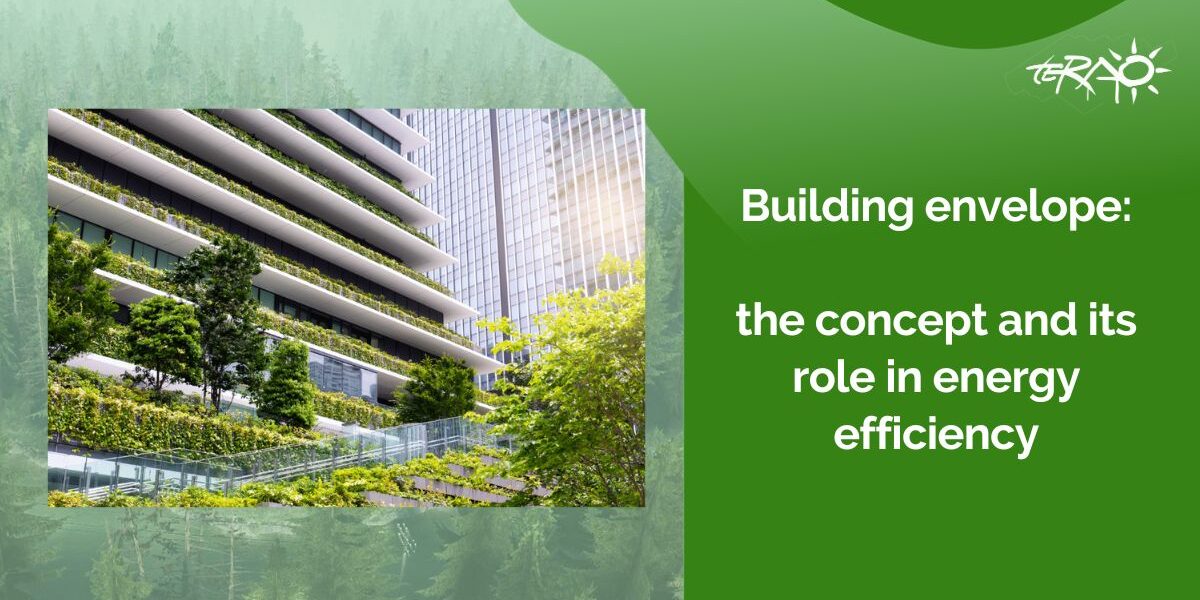
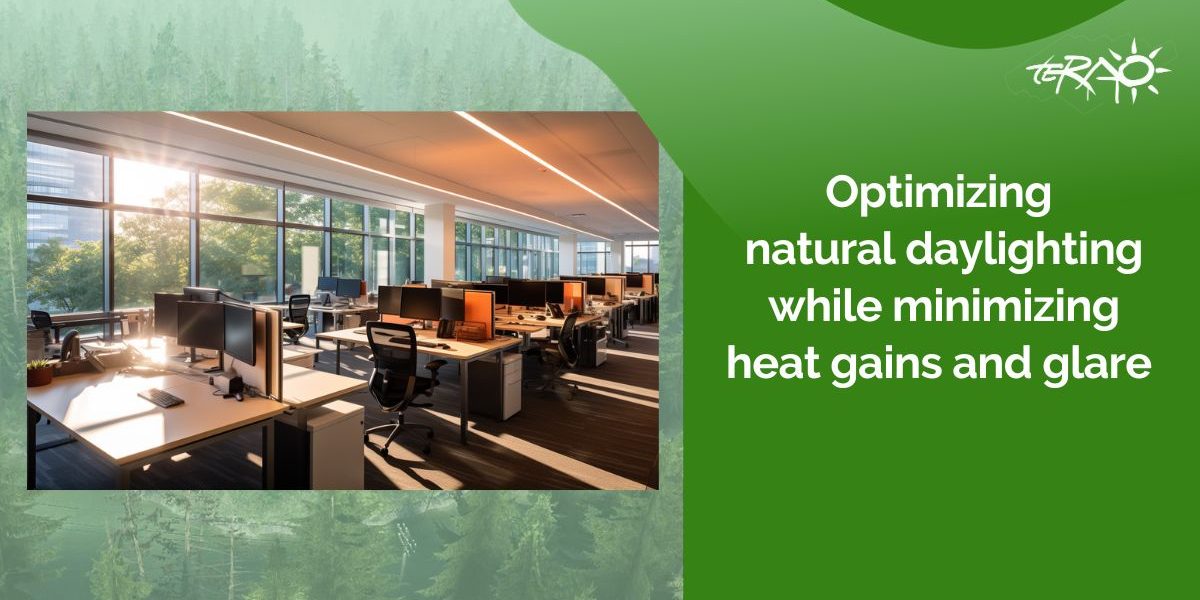


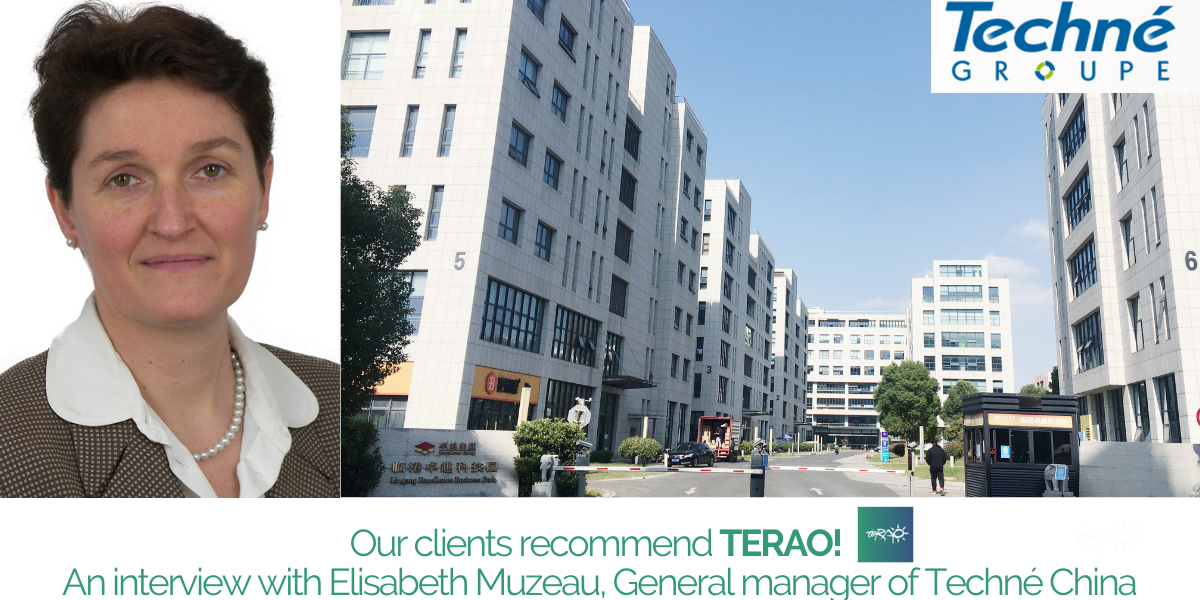




Recent Comments